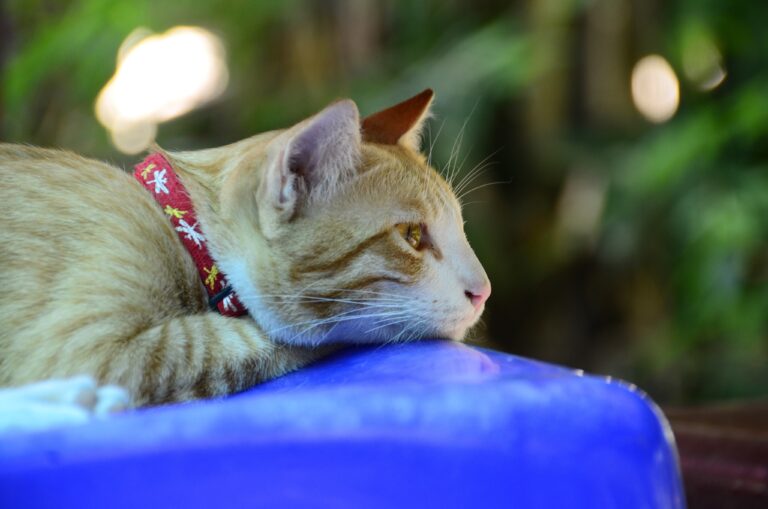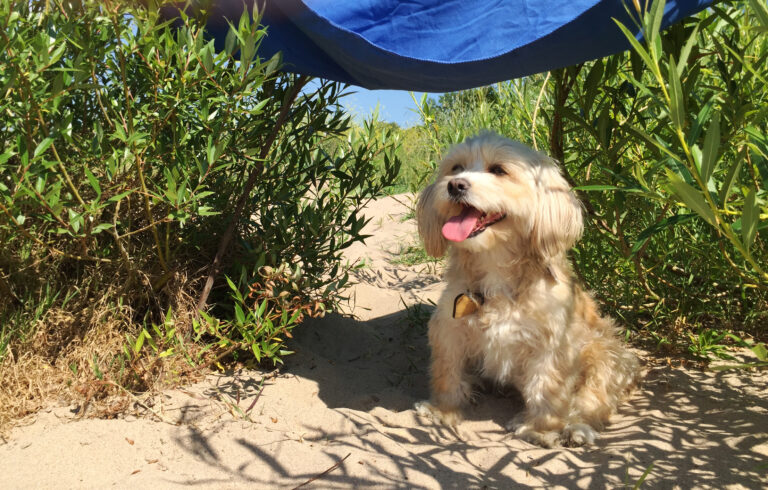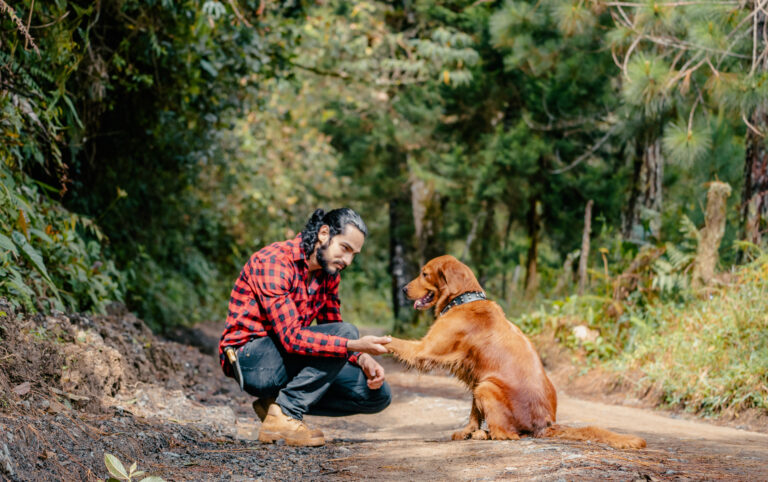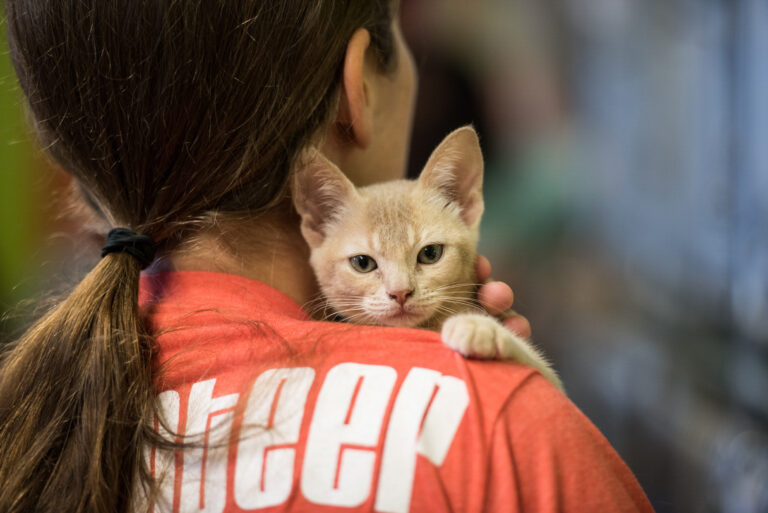Traveling with a cat can be challenging at any time of the year, but cold-weather travel presents additional concerns. From temperature fluctuations to ensuring your feline stays calm in unfamiliar environments, proper preparation is key to making the journey safe and stress-free. Whether you’re heading to a holiday destination, relocating, or visiting family, keeping your cat comfortable during winter travel requires careful planning and the right supplies.
Table of Contents
Preparing for Cold-Weather Travel with Your Cat
Proper preparation can make the difference between a smooth trip and a stressful experience. Cats thrive on routine and familiarity, so changes in environment—especially during winter—can cause anxiety. Ensuring their safety, warmth, and comfort will help minimize travel-related stress.
- Choose the Right Travel Carrier
A well-ventilated, secure travel carrier is essential for keeping your cat safe while traveling. In cold weather, opt for a hard-sided or well-insulated carrier to provide protection from drafts.
- Place a soft, warm blanket or fleece lining inside the carrier.
- Choose a carrier that is large enough for your cat to turn around but not too spacious, as smaller spaces help them feel secure.
- If your cat is unfamiliar with the carrier, introduce it several days before the trip to reduce anxiety.
- Maintain a Comfortable Temperature
Cats are sensitive to temperature extremes, and cold weather can make them uncomfortable. While in transit:
- Keep the car warm but not overheated. A comfortable temperature range is 65-75°F (18-24°C).
- Never place the carrier directly on the car floor, as it can be too cold—elevate it slightly on a secure surface.
- Cover part of the carrier with a breathable blanket to block cold drafts while ensuring proper airflow.
- Pack Essential Travel Supplies
Having the right supplies on hand will keep your cat comfortable and prevent travel mishaps. Bring:
- Portable litter box and litter for long trips.
- Collapsible food and water bowls to ensure hydration.
- Dry food or wet food pouches for feeding during extended travel.
- Comfort items such as a favorite toy or a blanket with familiar scents.
- Pet-safe wipes in case of accidents.
If traveling for several hours, plan for stops every 2-3 hours to check on your cat’s comfort.
Keeping Your Cat Calm During Travel
Some cats adapt well to travel, while others may experience anxiety. The following strategies can help keep your feline calm and stress-free:
- Use a Calming Spray or Pheromone Diffuser
Synthetic feline pheromone sprays, such as Feliway, can help reduce stress by mimicking natural cat pheromones. Spray the inside of the carrier before travel to create a calming effect.
- Keep Noise Levels Low
Cats have sensitive hearing, and loud noises can make them anxious. Keep the car radio at a low volume, avoid honking, and speak to your cat in a soft, reassuring tone if they seem stressed.
- Avoid Unnecessary Stops
Frequent stopping and movement in and out of the car can increase your cat’s anxiety. Minimize disruptions and keep the journey as smooth as possible.
- Do Not Let Your Cat Roam Freely
While it might be tempting to let your cat move around inside the car, this can be dangerous. Keep your cat inside their carrier at all times to prevent them from jumping onto the driver’s lap or underfoot.
Traveling with a Cat in Extreme Cold
If your travel includes sub-freezing temperatures, take additional precautions to protect your cat:
- Never leave your cat alone in a cold car. Temperatures can drop quickly, making the car dangerously cold.
- If staying overnight at a hotel or relative’s house, ensure the room is warm and draft-free.
- Bring an extra blanket or pet-safe heating pad for added warmth.
Flying with a Cat in Winter
If you’re traveling by plane, check airline policies for pet travel. Some airlines allow small cats in the cabin, which is preferable to cargo travel in winter. When flying:
- Choose direct flights to reduce stress and exposure to extreme temperatures.
- Use a soft-sided airline-approved carrier with ventilation.
- Line the carrier with absorbent pads in case of accidents.
- Avoid sedating your cat unless prescribed by a vet.
What to Do If Your Cat Becomes Sick While Traveling
Cats may experience motion sickness, dehydration, or stress-related digestive issues during travel. Watch for signs of:
- Excessive drooling or vomiting
- Panting or heavy breathing
- Lethargy or lack of appetite
If symptoms appear, offer water, keep your cat as calm as possible, and take a break from driving. If symptoms persist, consult a veterinarian.
Settling Your Cat into a New Environment
Once you reach your destination, give your cat time to adjust. Cats feel safest in familiar surroundings, so they may be hesitant to explore a new place.
- Set up a quiet, warm space with their carrier, litter box, food, and water.
- Let them come out of the carrier at their own pace.
- Maintain their regular feeding and play schedule to help them feel secure.
In Conclusion
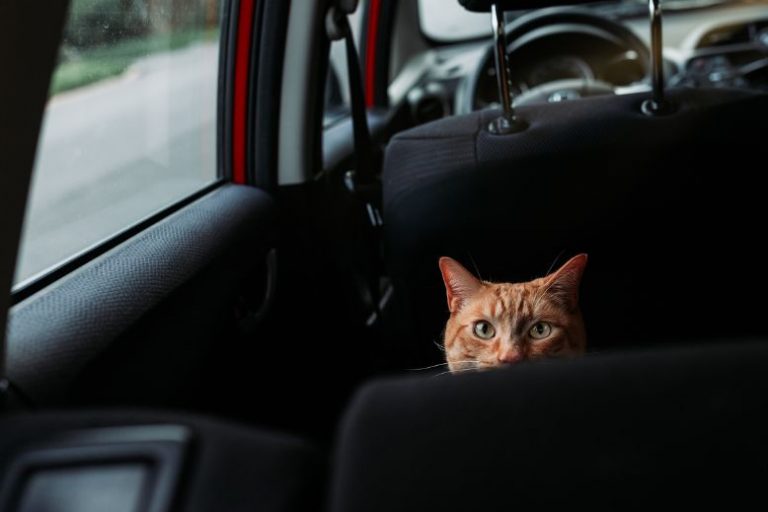
Cold-weather travel with cats requires careful planning and patience to ensure a safe and comfortable journey. Choosing the right carrier, maintaining a warm temperature, packing essential supplies, and using calming techniques can help reduce stress and keep your cat relaxed. By preparing ahead of time and following these tips, you can make winter travel a smooth experience for both you and your feline companion.


